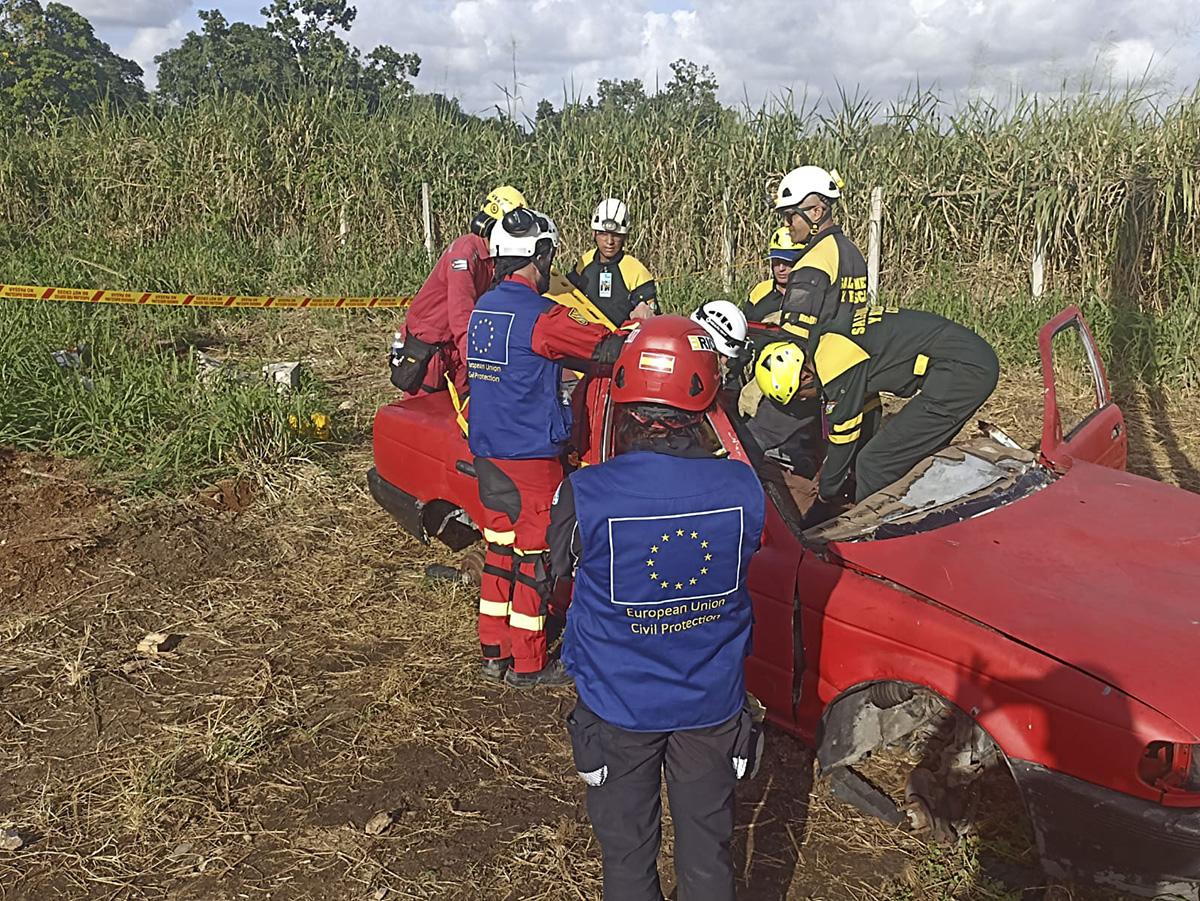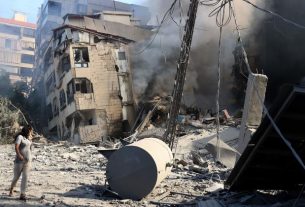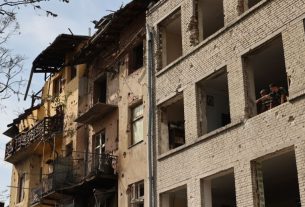In the wake of an emergency, first responders must be ready to react swiftly in aid of people affected, for example, by natural hazards.
Responders are often seen as fearless heroes risking their lives to help people. But besides bravery and a strong will to help, what does it take to make a difference when a disaster strikes? The answer is preparedness.
Following the activation of the EU Civil Protection Mechanism by the Havana authorities, the Emergency Response Coordination Centre organised the exercise “Training in disaster risk management, search and rescue of lives in collapsed structures”.
The training, which took place in Havana in November, helped share experiences, strengthen skills and provide expertise for search and rescue operations.
Havana is highly vulnerable due to the precarious state of buildings, especially in the old town centre. These buildings are subjected to sea corrosion and house up to 10 times more people than their capacity, most of which are over 60 years old.
Cuba is also prone to hurricanes, and Havana is likely to be affected by a hurricane every 6 years.
In Havana, the EU Civil Protection Mechanism brought together 30 experts involving the Cuban National Civil Defence Head Quarters, the Cuban National Fire Department, and the National Society of the Cuban Red Cross.
The training covered key topics for search and rescue operations such as victim extraction, sanitary assessment, and decontamination. It also provided theory modules on early warning systems, mapping and forest fires risk assessment.
Sharing knowledge and expertise with local authorities through such training is a priority for the EU. Thanks to these activities we can improve emergency cooperation, help save lives and reduce the impact of disasters.
Decontamination training is helpful in case of disasters such as chemical plant leaks, nuclear power plant incidents, the spread of infectious diseases, and intentional incidents, such as terrorist attacks.
© European Union, 2022 (photographer: Roman Francl)
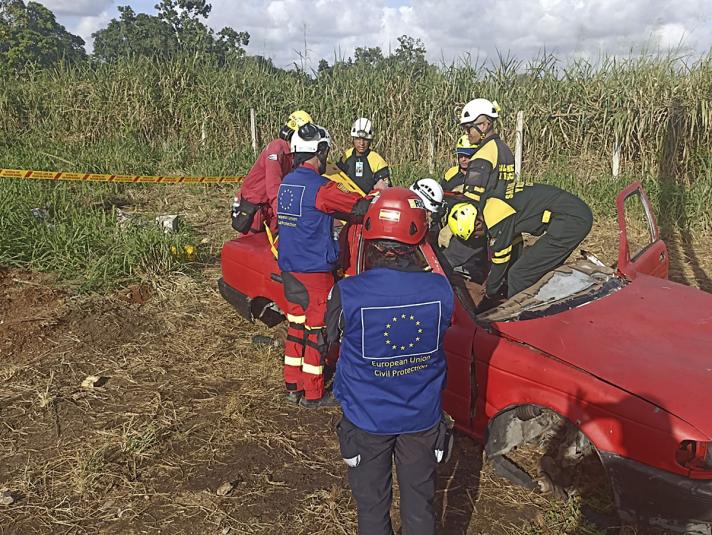
Knowing how to extract a victim trapped in a vehicle could make the difference between survival and death. Extrication training teaches responders how to remove and assist people in this type of situation safely.
© European Union, 2022 (photographer: Roman Francl)
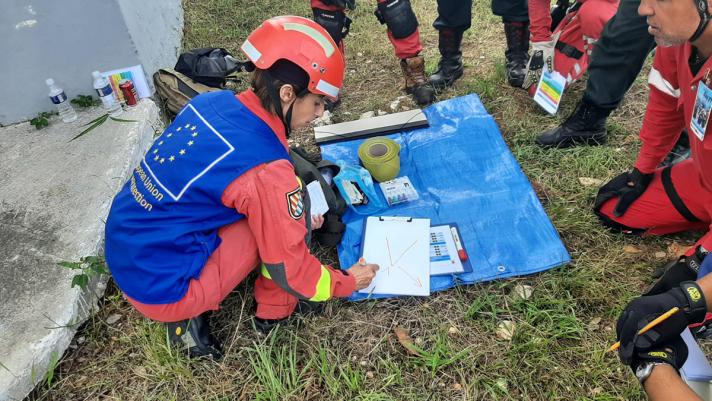
Setting up an outdoor search scenario. Being savvy in navigation tools, information seeking, and planning helps search and rescue teams locate and save victims in the shortest time.
© European Union, 2022 (photographer: Roman Francl)

First responders usually are not afraid of heights. However, being trained on how to use reeve lines and operate in safety does help face aerial rescue tasks.
© European Union, 2022 (photographer: Roman Francl)
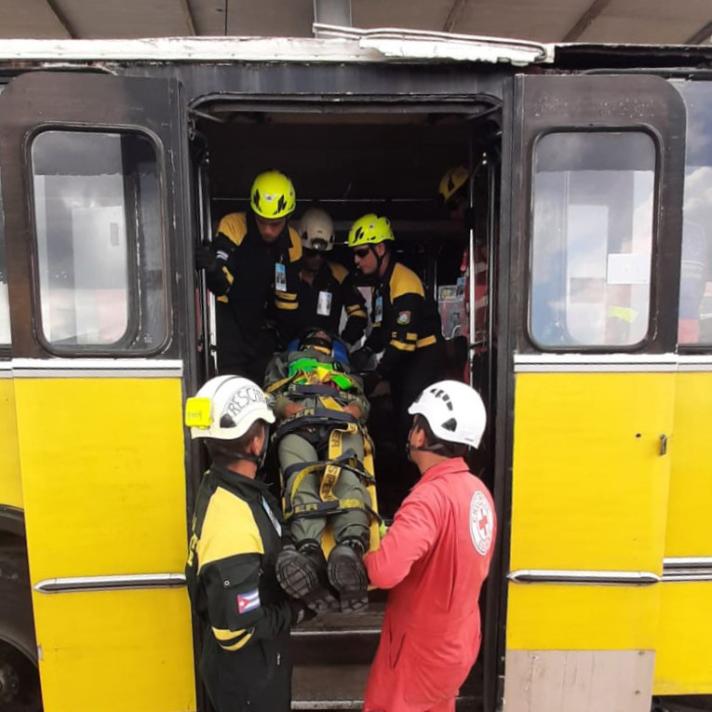
Transporting injured people requires exhaustive knowledge of human anatomy and kinetics to prevent further damage. Learning how to build or handle stretchers helps provide first aid and move safely to the following location.
© European Union, 2022 (photographer: Roman Francl)
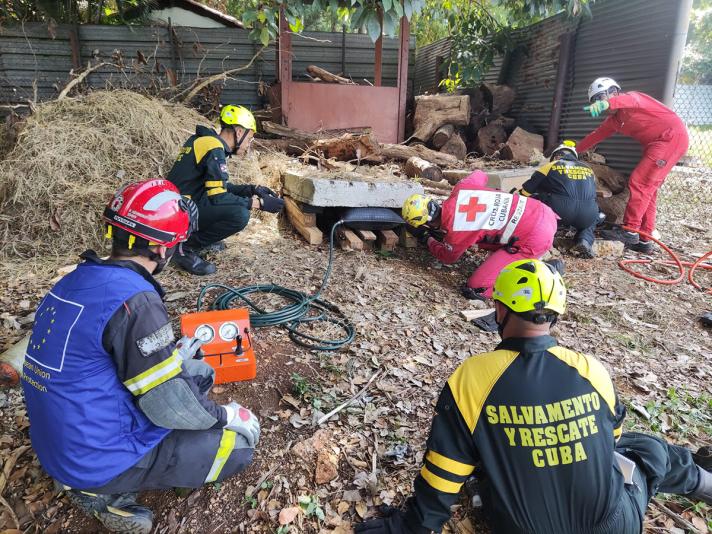
Heavy loads, such as debris from an earthquake, are a severe obstacle for rescue operations. Using the appropriate tools, responders can overcome this challenge and reach victims without further impediments.
© European Union, 2022 (photographer: Roman Francl)
